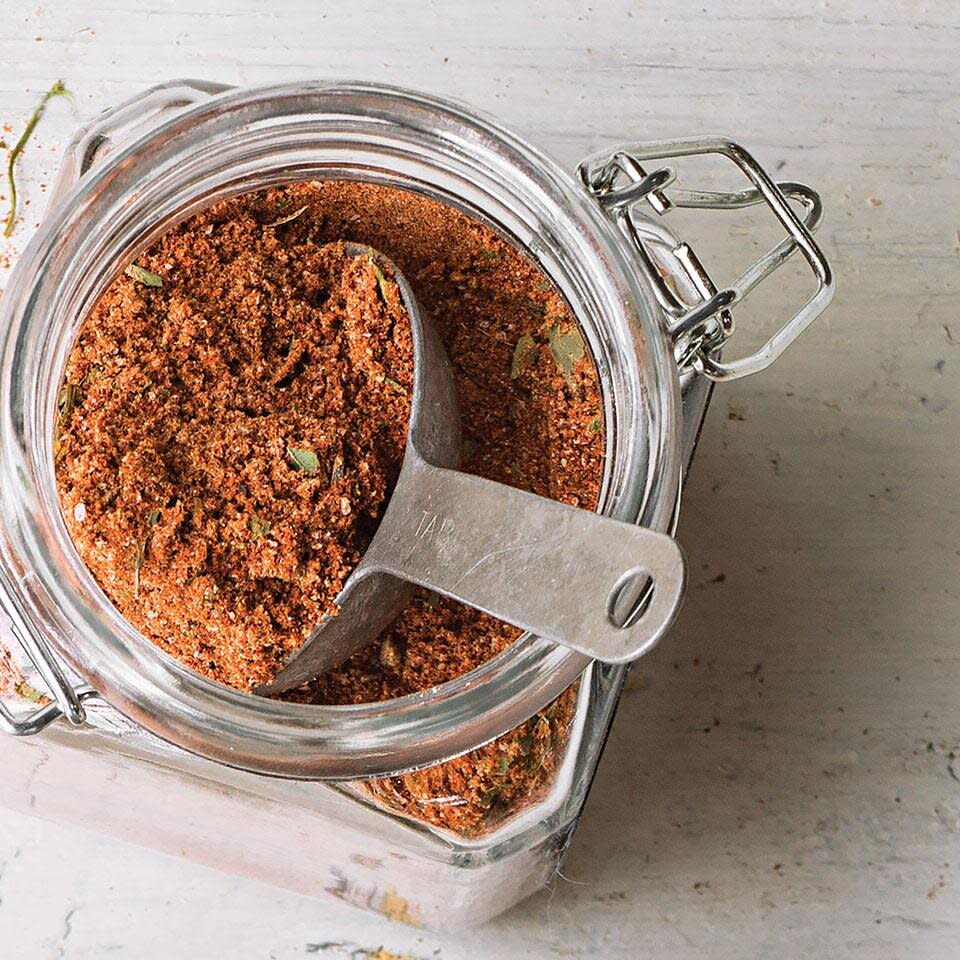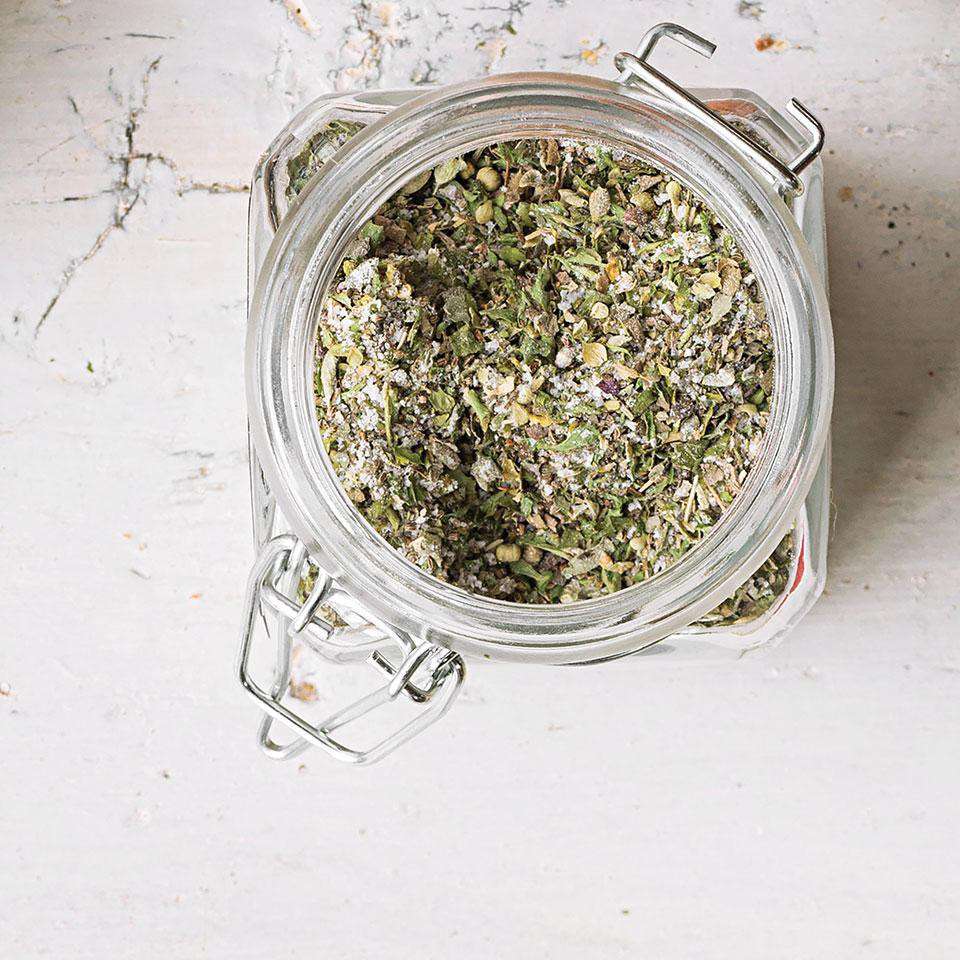5 Natural Ways to Help You Ditch the Saltshaker

Most of us eat too much sodium in a given day. And it's not just coming from the saltshaker. Salt is found in lots of foods, including breads, cheese and lunch meats. We do need some sodium for our bodies to function (sodium helps with electrolyte and fluid balance). However, 90% of Americans eat more than the recommended maximum of 2,300 milligrams a day. Over time, eating too much sodium can lead to chronic conditions such as hypertension, heart disease and stroke.

Pictured Recipe: Turkish Spice Mix
But, if we're being honest, salting foods helps make them taste better. Luckily, there are other ways to make your food flavorful without adding salt. Read on for some crave-worthy spice ideas to help you put down the saltshaker and curb excess sodium consumption.

Pictured Recipe: Garlic & Chive Spice Mix
Garlic
This flavor-packed vegetable is definitely worth the stinky breath. Garlic adds a complex depth of flavor to dishes and is used in lots of cuisines. On top of tasting great, garlic has numerous health benefits, potentially helping fight colds, reduce risk of some cancers and manage cholesterol, blood pressure and blood sugar. Check out our Healthy Garlic Recipes to get ideas to enjoy fresh garlic and garlic powder in place of salt.
Onion
Onion is garlic's partner in crime. If you are not a fan of fresh, raw onion, cooking the onion mellows the flavor and brings out its sweetness. You can also try adding dried onion or onion powder to your food to give it a bold, distinct flavor that takes away the need for excess salt. Not to mention, onions are rich in antioxidants, flavonols and vitamin C, which help boost immunity and lower chronic disease risk. Use dried onion to help cut back on salt in marinades, soups, creamy sauces and anything roasted. For more, check out our Healthy Onion Recipes.
Red Pepper Flakes
If you are OK with some heat, crushed red pepper makes a great, flavorful option to reduce salt. Not only does it add another dimension to food, but research has found that spiciness activates the same areas of our brain that detect saltiness. So, not only will swapping in red pepper help trick your taste buds, but your brain may be fooled as well. Red pepper flakes are great for egg dishes, soups, pizza and more. This Red & Green Spice Rub is a perfect low-salt way to jazz up meat and fish dishes.

Pictured Recipe: Crazy Herb Spice Mix
Herbs
Herbs are various and versatile. From fresh to dried, there are copious flavor combinations to be made using these tasty plants. Herbs add flavor, reducing the need for salt. They are also a sneaky way to up your daily intake of antioxidants. Follow our guide to cooking with fresh herbs to get ideas for how to pair the best herbs with your cooking.
Nutritional Yeast
Nutritional yeast is a nutty vegan substitute for cheesy flavor. It is versatile and can be used when cooking foods like pasta and vegetables, as well as sprinkled on snacks like popcorn and nuts. Nutritional yeast boasts some health benefits too, especially for vegans and those who don't regularly eat animal products. It's a source of vitamin B12 and antioxidants, which can help prevent anemia, manage diabetes and alleviate symptoms of irritable bowel syndrome. Check out Health Benefits of Nutritional Yeast—and How to Use It for more ideas on how to use it and why it's so good for you.
Bottom Line
Many of us eat too much sodium, which can lead to health consequences such as hypertension, heart disease and stroke. Fortunately, there are many sodium-free ways to add flavor to your food. Using spices and herbs creates a more complex and satisfying taste than salt alone can. The more you experiment with herbs and spices in your cooking, the more creative and delicious your dishes will become. Though it can be intimidating to get started, check out our Healthy Spice Mix Recipes for inspiration.

